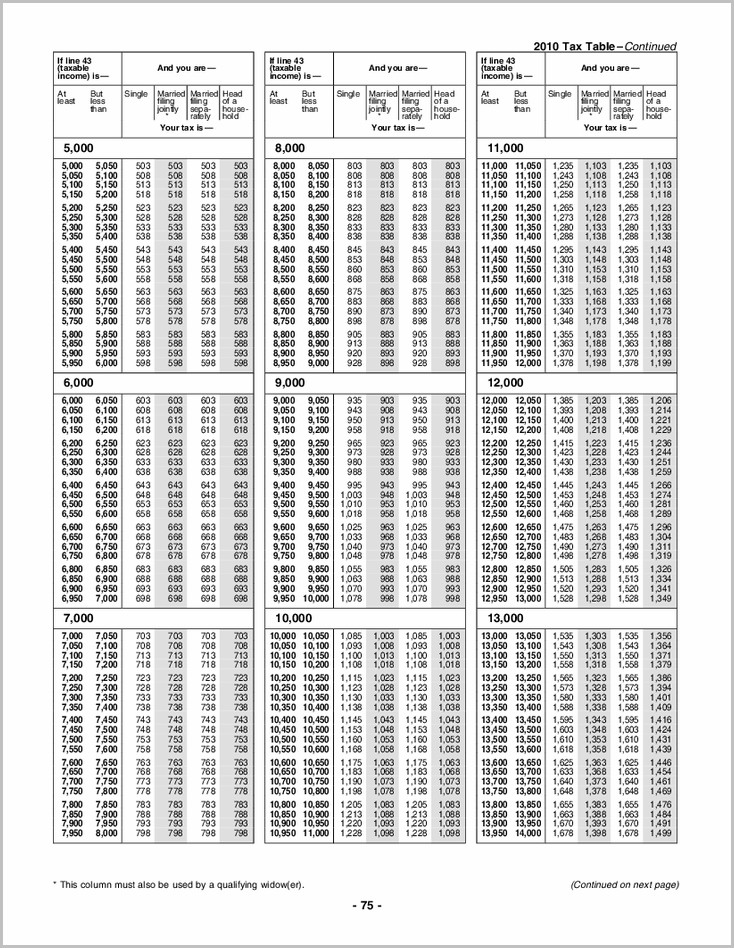


That is almost $1,000 less than the $1,502 they were allowed to claim in 2021 as a result of a one-year enhancement that was part of the American Rescue Plan.Ĭharitable deductions: In order to justify itemizing your 2022 deductions, which include charitable contributions, they will need to exceed the standard deduction of $12,950 for single filers or $25,900 for those married filing jointly. But the size of the credit for someone in this group is just $5. The EITC is also available to earners without qualifying children. By contrast, last year your credit would have been $4,000 (or $8,000 for two or more).Įarned Income Tax Credit for those without children: The EITC, which is a refundable credit, has been a way to financially help low- and moderate-income workers (defined in 2022 as those with earned income under $59,187), and especially filers with children. This year, if you have one child or dependent, you can only get a maximum credit of $1,050 ($2,100 for two or more). Here’s how much of a difference that makes, Pickering said. It is a non-refundable credit, meaning you may only claim it if you have federal income tax liability to offset.įor tax year 2021, by contrast, the credit was fully refundable and was worth a maximum of 50% on up to $4,000 in expenses for one person or up to $16,000 for two or more. On your 2022 return, for example, you may claim a maximum of 35% on up to $3,000 in expenses for one person, or up to $6,000 of expenses for two or more people. That’s because Congress let the 2021 enhancements to it expire. Tax filing season starts January 23, IRS saysĬhild and dependent care credit: The tax credit that working parents use to help pay for child care or that filers claim to pay for the care of an adult dependent is also notably lower for tax year 2022. Photographer: Daniel Acker/Bloomberg via Getty Images Daniel Acker/Bloomberg via Getty Images Tax forms and payments wont be due to the Internal Revenue Service until July 15 this year, Treasury Secretary Steven Mnuchin said in a tweet, as the government looks for ways to respond to the coronavirus. Department of the Treasury Internal Revenue Service (IRS) 1040 Individual Income Tax form for the 2019 tax year is arranged for a photograph in Tiskilwa, Illinois, U.S., on Friday, March 20, 2020. And the enhancements let parents claim a maximum credit of $3,600 for every child under age 6 and up to $3,000 for children ages 6 through 17.Ī U.S. Among other things, it was fully refundable with no earned income requirements, Pickering noted. And the portion of the credit treated as refundable - meaning it is paid to you even if you don’t owe any federal income tax - is capped at $1,500, and that is only available to those with earned income of at least $2,500.īut that’s well below the now-expired enhanced child tax credit that was in effect for 2021. Above those levels, the credit starts to phase out. Most Americans get a federal tax refund every year, and for many that refund is a big boon to their finances.īut that boon may be smaller this year, in part due to the expiration of some tax-break enhancements that were in effect the previous tax year.Ĭhild tax credit: For tax year 2022, parents may claim a maximum child tax credit of $2,000 for each child through age 16 if your modified adjusted gross income is below $200,000 ($400,000 if filing jointly).

(If you pay later than April 18, you may be subject to penalties and interest.) If it turns out you will owe additional money to the IRS, and need some time to get the funds together, “You still can file but set your payment to go on April 18,” said Kathy Pickering, chief tax officer at H&R Block. And your financial circumstance may have altered too, if you sold any assets or were laid off. Several popular tax breaks have changed since you filed your 2021 return.

Here’s why: The amounts might be very different than they were last year. So, whether you expect to file your 2022 federal income tax return right away or wait until the last minute, now is a good time to get a sense of whether you’ll owe more money to the IRS, or whether you’ll likely get a refund and if so, how much. Official tax-filing season kicks off Monday, January 23, and it may hold some surprises for your wallet.


 0 kommentar(er)
0 kommentar(er)
